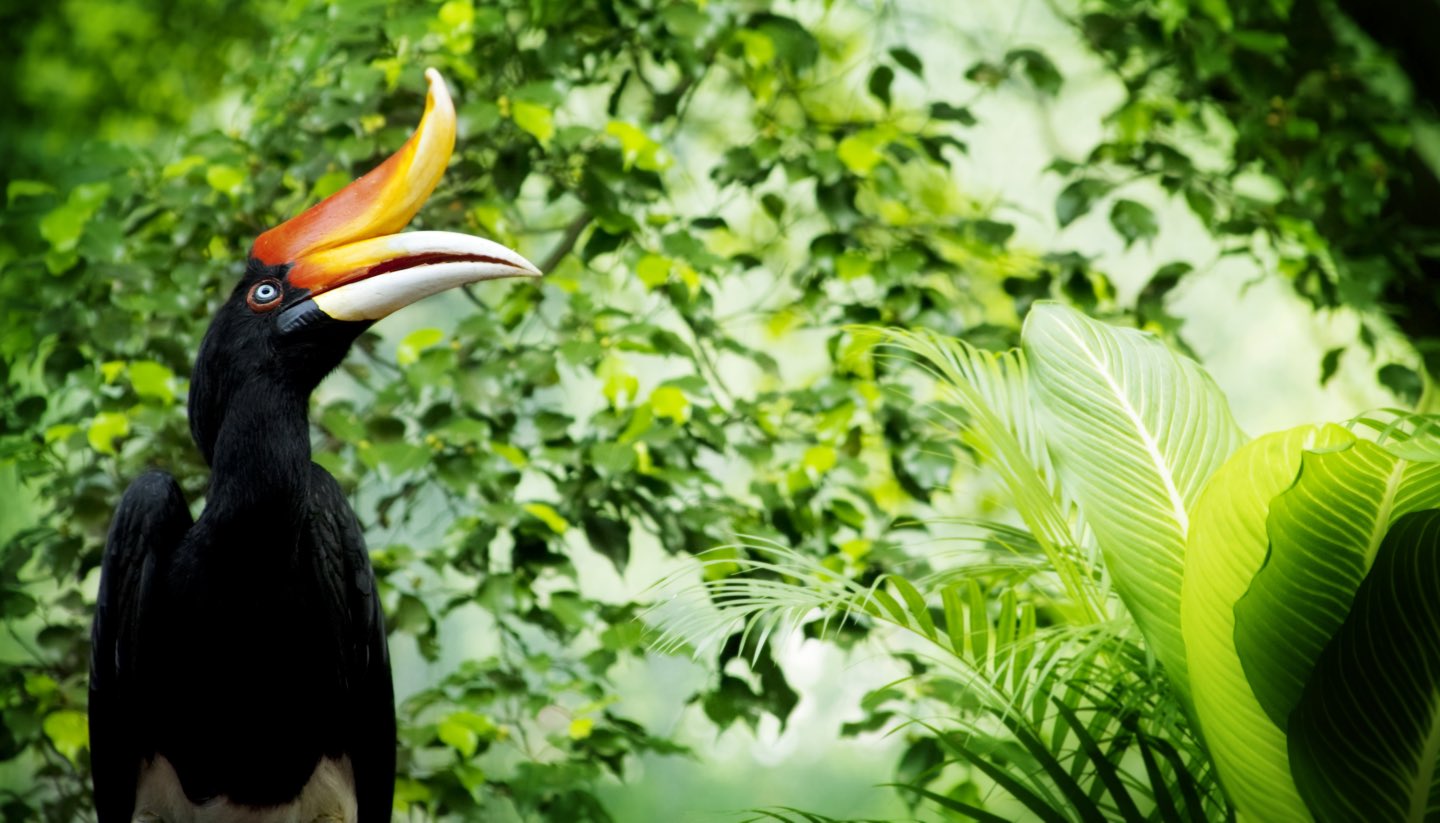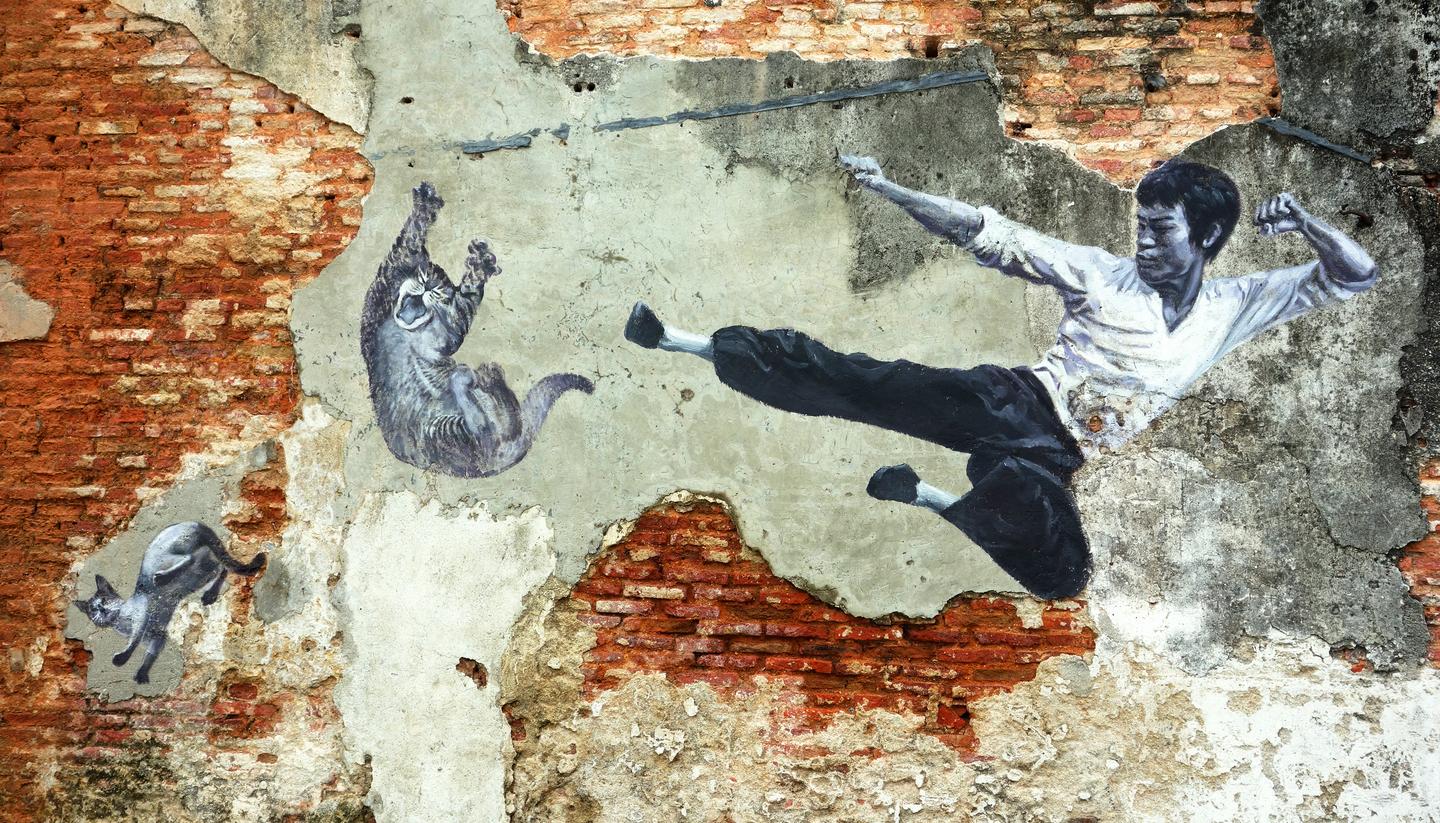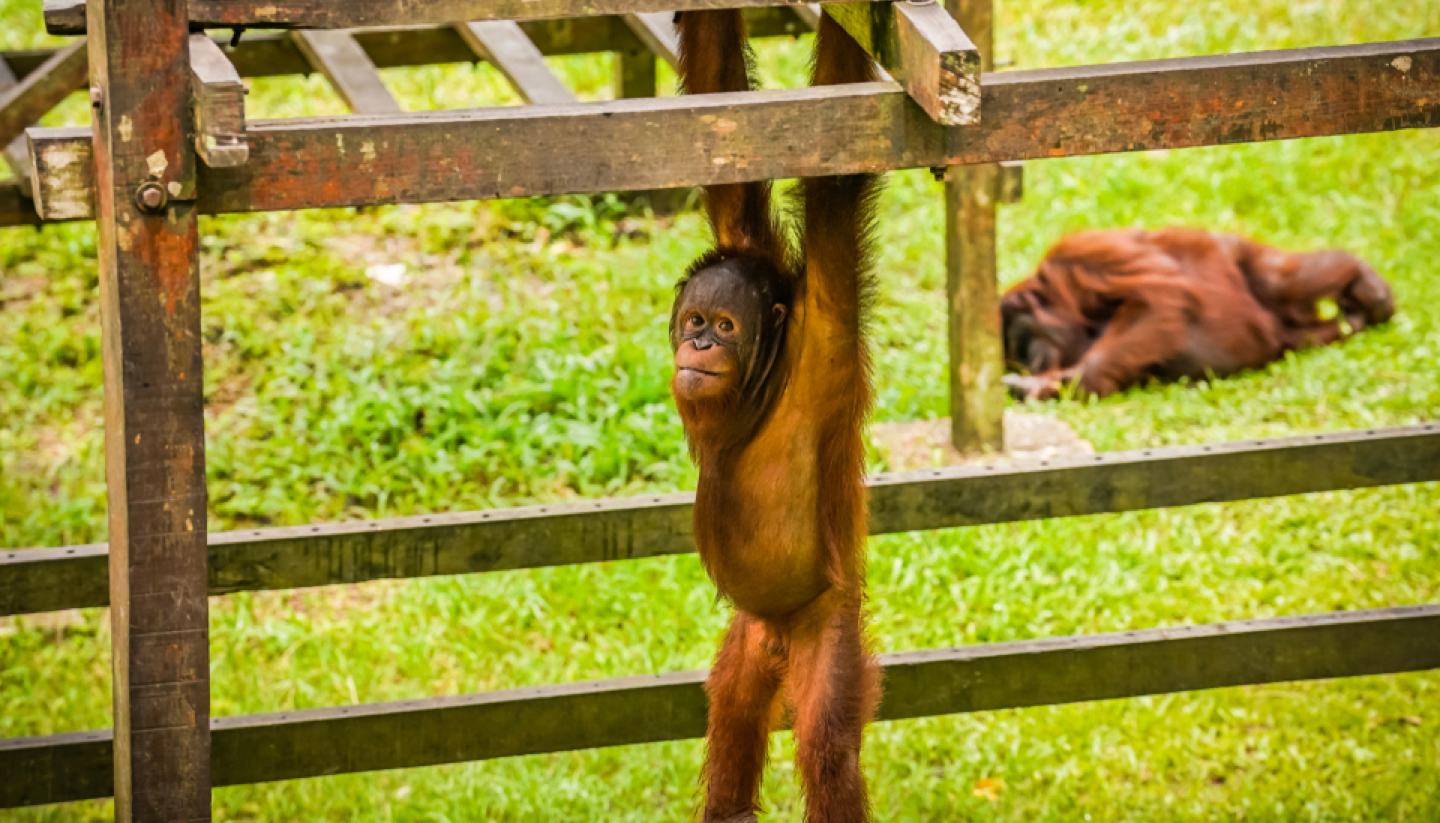Malaysia Food and Drink
Malaysia is not just a melting pot it is a cooking pot, blending culinary influences from as far away as Europe, China and India. The national cuisine shares obvious similarities with Thai and Indonesian food, but Malaysian cooking has its own unique specialities, based on exotic spices, chilli, ginger, lemongrass, lime leaves, coconut milk and peanuts. Many dishes are extremely spicy, but rice is served with almost everything, and a cup of sweet tehtarik will help cool things down.
The Indian and Chinese communities have their own traditions, with lots of meaty curries and noodle soups. Be sure to sample mamak cuisine, imported to Malaysia by Tamil Muslims. Traditionally served at street stalls, mamak dishes can be sampled at nasi kendar (rice and curry) canteens across the country. Although Malaysia is predominantly Islamic, bars and restaurants in larger cities serve beer, wine and spirits.
Specialities
Nasi lemak: Rice steamed with coconut milk, served with dried anchovies, sambal, peanuts and eggs, the national dish.
Char KwayTeow: Thick rice noodles stir fried with soy sauce and meat or fish.
Nasi goreng: Malay-style fried rice, a favourite at street stalls and night markets; it’s a popular takeaway for long bus journeys.
Roti canai: Fried flat bread with curry sauce, a delicious and cheap snack served everywhere.
Tehtarik: ‘Pulled’ tea, made with sweet condensed milk and poured between two jugs to aerate the mix.
Rendang daging: Slow-cooked beef with lemongrass and coconut; often served at festivals.
Rojak: A spicy fruit or vegetable salad, plus other ingredients such as fried tofu and youtiao (Chinese cruellers).
Laksa: A hot and sour seafood soup with coconut milk.
Nasi kandar: Mamak-style steamed rice with curries and vegetable side dishes.
Aiskacang: A Malay desert of shaved ice, fruits, beans, sweetcorn, grass jelly, condensed or evaporated milk and fruit syrups.
Things to know
Chopsticks are customary in Chinese restaurants. Indian and Malay food is traditionally eaten with the fingers, but western cutlery is generally provided.
Tipping
10% service charge and 5% government tax are usually included in bills, and added to the menu prices.
Drinking age
The minimum drinking age will be raised from 18 to 21 on 1 December 2017.




